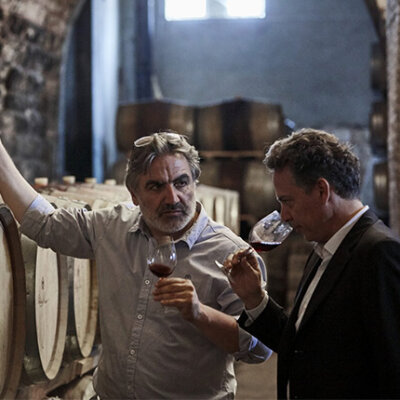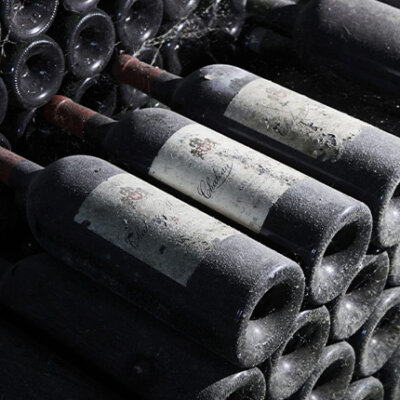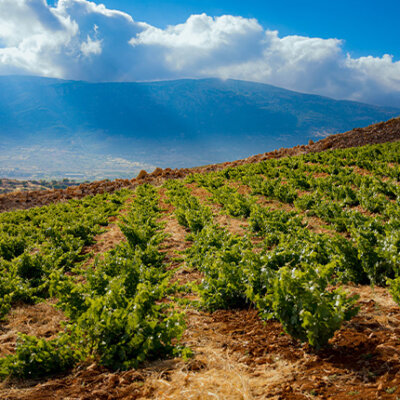Regional Diversity
In their pursuit of excellence Torres have purposefully sought to find areas in the world with the best growing conditions to produce individual wines which truly reflect the local terroir.
In doing so they have created a mosaic of regionally diverse vineyards that differentiate the wines of Torres from those of other producers.
The wines from these different regions seek to capture the essence of each vineyard, providing a true expression of the landscape with different terroirs and grape varieties enhancing their individuality, purity, freshness and elegance.
Torres founded their winery in Vilafranca del Penedès in 1870, but their origins as viticulturalists have been historically rooted in the winemaking traditions of the Penedès since the 16th century. The family have also had a historical presence in the Conca de Barberà, Priorat and Costers del Segre regions.
More recently, however, they have expanded their vineyard holdings and wineries to cover some of Spain’s most important appellations including Rioja, Ribera del Duero, Rueda and Rías Baixas).

Ribera del Duero and Rueda
The Torres’ ‘Pago del Cielo’ (meaning ‘payment from Heaven’) wine project is based in Ribera del Duero and Rueda. Here, Torres have utilised their skill for combining tradition, a commitment to quality and a passion for viticulture to optimise the potential of this unique region.
In Ribera del Duero, their Fompedraza winery sits in a very privileged position, 895 meters above sea level, making it one the highest in the DO. The region, with its spectacular landscapes has the ideal climate for the production of highly intense, aromatic, red wines, most notably Torres’ award-winning Celeste.
In Rueda, the winery, which is located in Villafranca del Duero in the westernmost area of the DO Rueda, is a place of great beauty and an exceptional location for the production of white wines that delve into the most distinctive and authentic features of the Verdejo variety.
Rioja
The Torres ‘La Carbonera’ wine project focuses on origin and typicity to produce unique wines that interpret the landscape of Labastida and Rioja Alavesa. Torres’ own vineyards are the hallmark of their wines from this region. Here, the estate comprises of more than 20 hectares of vineyards is classified as a Singular Vineyard by the Rioja DOC.
Las Pisadas is Torres’ flagship wine from this region. Fruity in character, it is made with Tempranillo grapes from the town of Labastida. This ‘Municipality Wine’ highlights evokes a sense of the terrain, weather and cultural characteristics of this specific municipality. It also pays tribute to the viticultural history of Labastida, with a respect for typicity, terroir and elegance, and its ancestral viticulture, which left a lasting mark of its presence in the rocky slopes of the mountains.


Rías Baixas
Penelas, located in the municipality of Portas (Pontevedra), in the Salnés Valley, is Torres’ winemaking project in Rías Baixas. It is focused on producing unique wines in innovative oval granite tanks situated within the six-hectare walled vineyard that forms part of the property.
The property’s ‘Pazo’ – a traditional Galician manor house, from the 14th or 15th century, is a listed building with a special historical significance. It has many of the features that are characteristic of this type of building including a granary, a dovecote and a chapel. It’s here that a small winery has been created under the tower of the pazo.
One of Torres’s key wines from this region, Pazo Das Bruxas, is a wine that pays homage to Galician folklore. Legend has it that in pazos that were surrounded by forests and vineyards, Galician witches would conjure up spirits with dances and enchantments. This is how the sap allegedly ascended through the vines, feeding them with its energy – like the Albariño grapes that give life to this wine.
Blanco Granito, by contrast, is the first wine fermented and aged in Galician granite ‘ovals’ – viticultural process that was used in the past thanks the local Granite which is the predominant rock of the Rías Baixas. The porosity of this stone, allows constant micro-oxygenation of the wine, enhancing the aromas and transferring the minerality and salinity to it. The shape of the oval also enhances the movement of the wine inside the tank and keeps the lees in a suspended state, thus providing greater smoothness on the palate. This is a unique wine, with marked acidity and great personality.
.
Stories, insight and of course wine
Stay up to date with the world of wine



